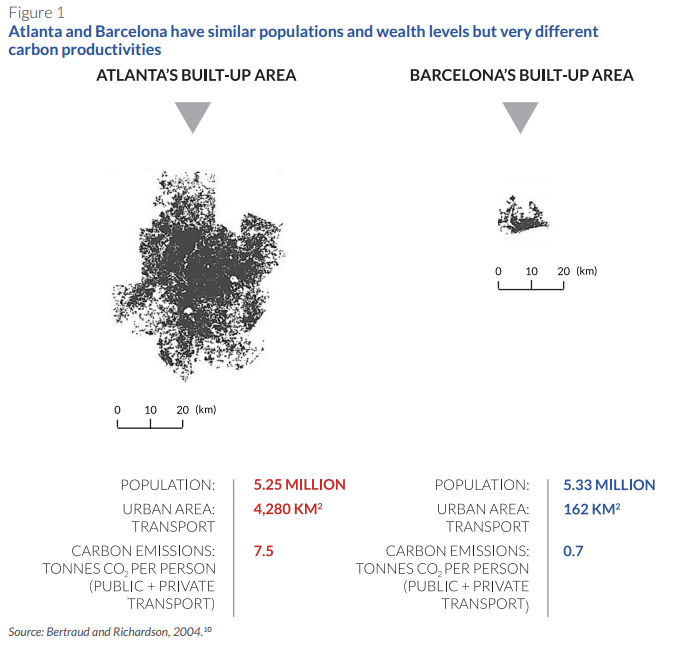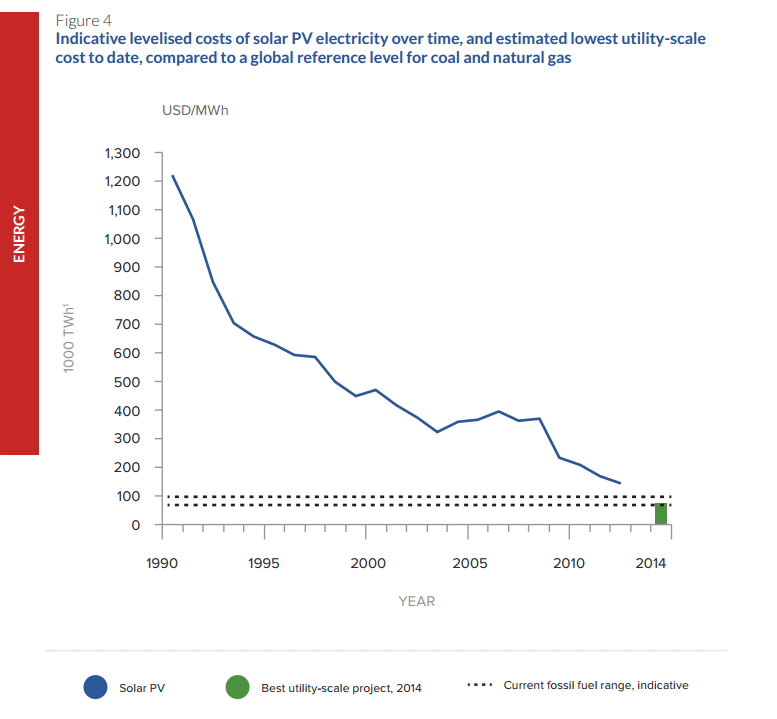-
Phone Number
-
Email Address
The issue of global climate change cannot be addressed without addressing the challenge of urbanism. Cities contribute about 70% of the emissions of effect greenhouse related energy , despite in actually only constitute 2% of the earth's surface planet.
The reduction of this environmental impact can be considered a nearly daunting challenge, but a new report Better Growth, Better Climate (Better growth, better climate) prepared by the Global Commission on the Economy and Climate (Global Commission on the Economy and Climate) addresses the problem of the cities and their urbanism with the aim of reduce emissions in the long term , look for the guidelines for sustainable and lasting economic growth while addressing the risks of climate change with an important consequence, improved health public.
The next 15 years will be critical as the The global economy is undergoing a profound transformation structural . It will not be a “business” according to the usual methods. The global economy will grow by more than half a billion people will move to cities and Rapid technological advances will continue to change businesses and lives.
It is estimated that close to 90 billion dollars will be invested in infrastructure in cities, land and energy systems. The How these changes are managed will determine the future patterns of growth, productivity and standard of life, but… How can cities save million?
“The report reveals that the largest cities of the world, combined, could save around 3 Billions of dollars in infrastructure with an approach coherent in the next 15 years”
Future economic growth does not have to copy the model of high carbon consumption and unequal distribution of past. Transformation, structural and technological change They are based on three key economic systems:
Content menu:
They are engines of economic growth. In them you generates about 80% of economic output energy, and about 70% of global energy use and emissions related to greenhouse gases greenhouse . The way in which cities more large and fastest growing are developed will be critical to the future of the global economy and climate. However, great part of the current urban growth It is not planned or structured, which translates into high economic, social and environmental costs.
Atlanta and Barcelona, similar population but different carbon emissions levels:

Your productivity will determine whether the world can feed a population that is projected to grow to exceed more than eight billion by 2030, while preserving the environment natural environment. Food production can be increased protect forests and mitigate emissions from uses agriculture, increasing crop yields and livestock productivity, using new technologies and integrated approaches in land and water management. If only 12% of the land were restored eroded, 200 million people could be fed for 2030 .
The global distribution of insecurity Food in 2012:

In all economies. We are at the cusp of the renewable energy of the future (More data from Reflections on energy: Towards a new system a ) . Coal is riskier and more expensive than before, with increasing reliance on imports and an increase in air pollution. He vertiginous reduction in costs, in particular of the wind and solar power, could bring renewable resources and other low-carbon energies to more than half of all new generations of electricity in the coming 15 years.
Indicative costs of the photovoltaic solar electricity over time and the estimated cost of utility, compared to a level of world reference for coal and natural gas:

Along with these systems, you should take advantage of three “drivers of change” to overcome barriers institutional, market and political, towards the low carbon growth:
The implementation of policies and investments that are proposed in this report, could lead to the reduction of, at least half of the emission reductions needed to 2030 to reduce the risks of dangerous change climate.
Access to the report Better Growth, Better Climate (Note: The link)